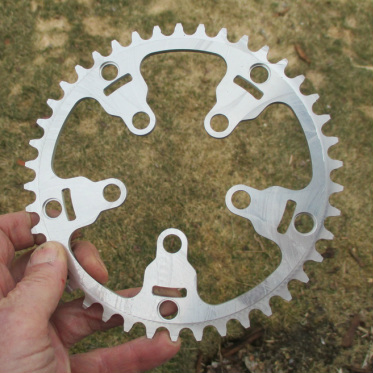
The long-awaited 144 BCD triplizer is here at last. As you can see from the background, the grass has not yet begun to green up in my part of Vermont. If all goes according to plan, I should have a batch of these polished and ready to ship by the middle of May.
The grass will be green by then.
It’s taken me longer than I’d hoped to get to this point, but I now have a prototype of the 42-tooth 144 BCD triplizer. It’s similar to the old TA triplizer of the same dimensions that was discontinued by the manufacturer a few years ago. It should fit any 144 BCD Campagnolo crank and most of its clones
The prototype isn’t polished, and it has some tool marks because we had to start with a piece of 3/16 aluminum and mill it down to 4 mm. The production version will be made from 4 mm stock to begin with, but the metric stock has to be ordered and has about a two-week lead time.
As you would expect, the 4 mm material costs somewhat more than the 3 mm stock used in the Stronglight-type rings, so I’m going to have to charge a little more for the 144 triplizers. Still, the final price will almost certainly be a little less than what the TA triplizers were going for before the supply dried up
While I’m waiting for the material to arrive, I’ll mount the prototype ring on a bike and put some miles on it. I’ll post an update when I’ve had a chance to do that. Stay tuned.
The prototype isn’t polished, and it has some tool marks because we had to start with a piece of 3/16 aluminum and mill it down to 4 mm. The production version will be made from 4 mm stock to begin with, but the metric stock has to be ordered and has about a two-week lead time.
As you would expect, the 4 mm material costs somewhat more than the 3 mm stock used in the Stronglight-type rings, so I’m going to have to charge a little more for the 144 triplizers. Still, the final price will almost certainly be a little less than what the TA triplizers were going for before the supply dried up
While I’m waiting for the material to arrive, I’ll mount the prototype ring on a bike and put some miles on it. I’ll post an update when I’ve had a chance to do that. Stay tuned.
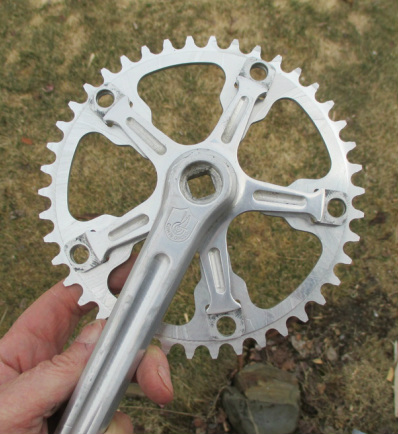
Here's the prototype ring from the other side, sitting against a circa 1982 Campy crank arm. I've left off the outer ring to make the triplizer easier to see, and left off the bolts out of sheer laziness.
I don't know if you can tell from the photo, but the chainring teeth aren't chamfered yet. The teeth of the production rings will be chamfered as on the original TA rings.
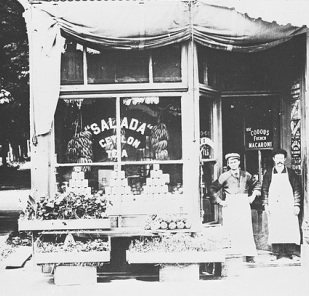


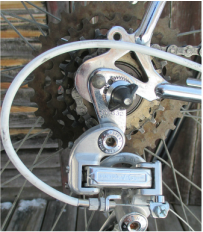
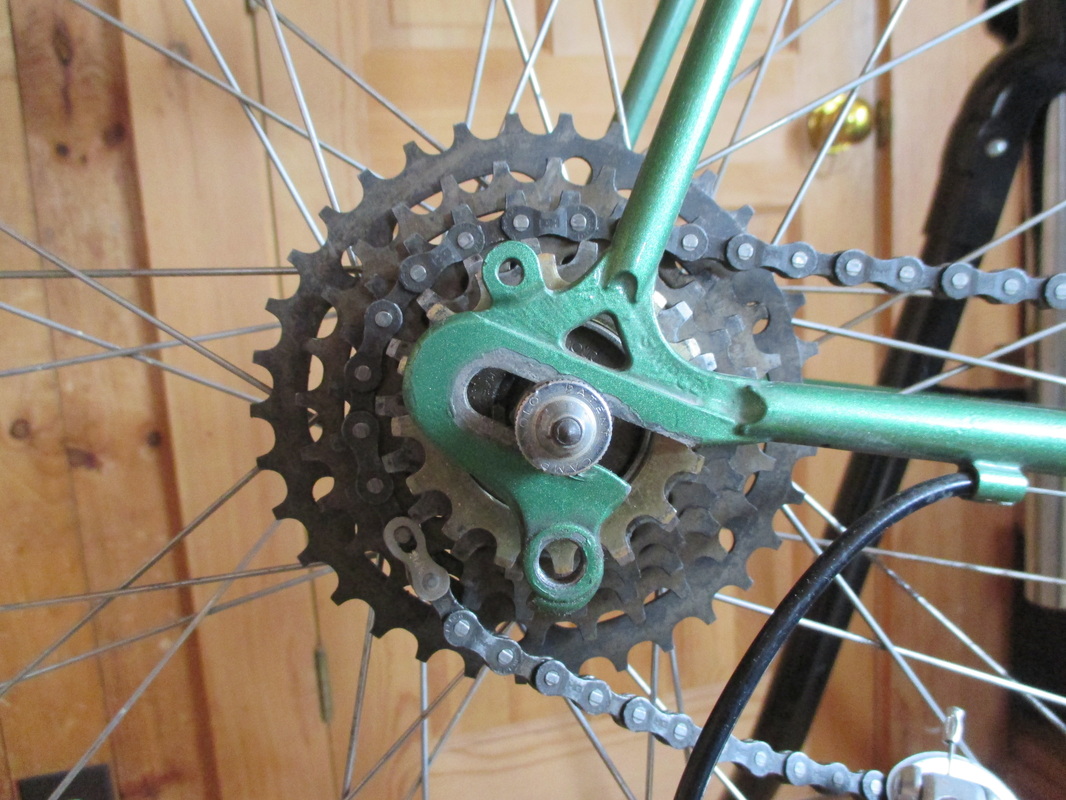
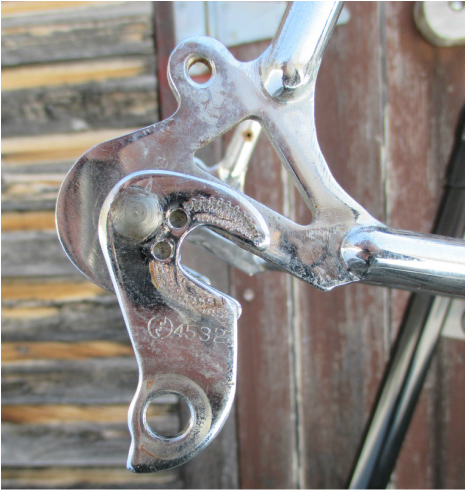
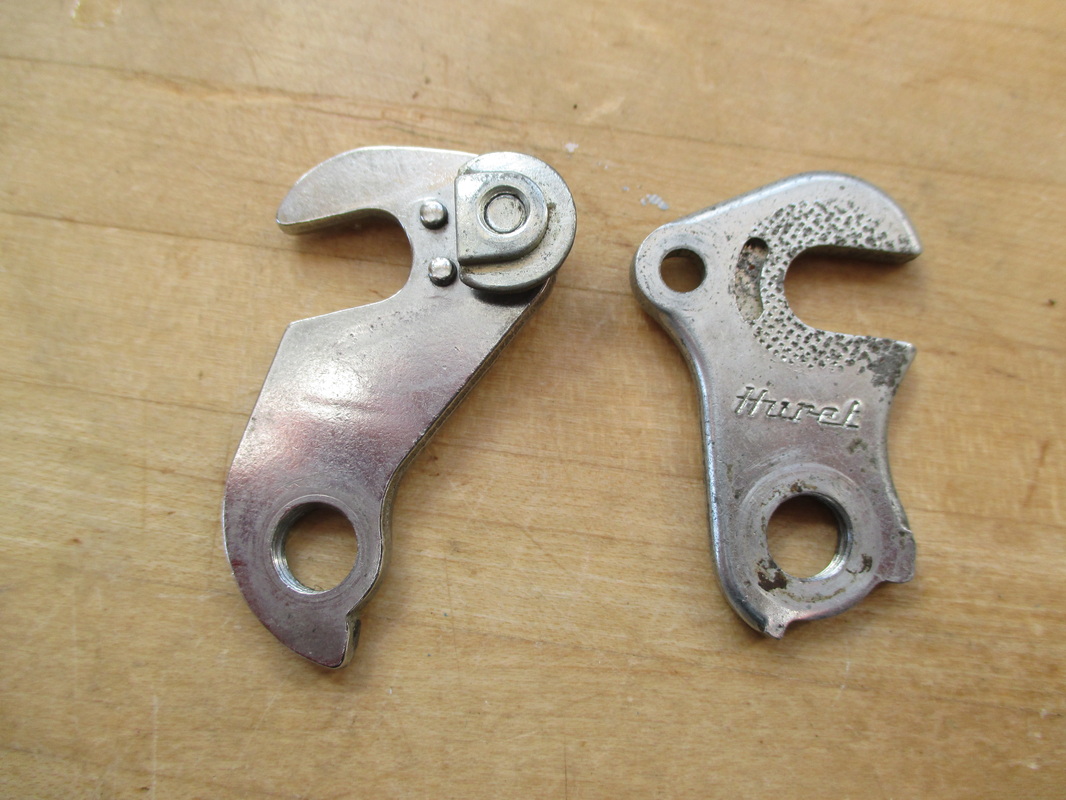
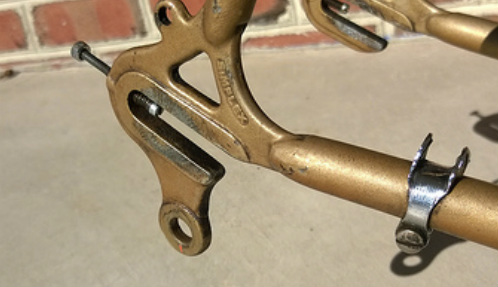
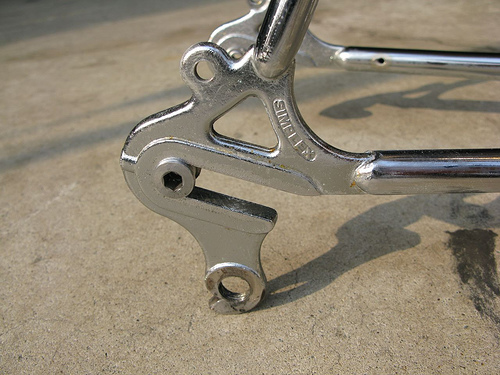
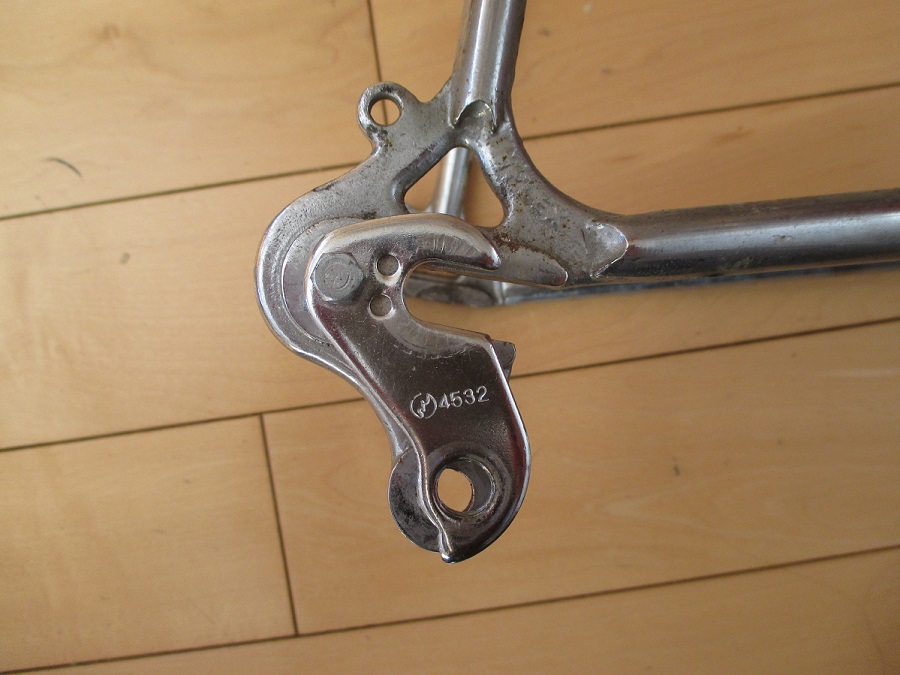
 RSS Feed
RSS Feed